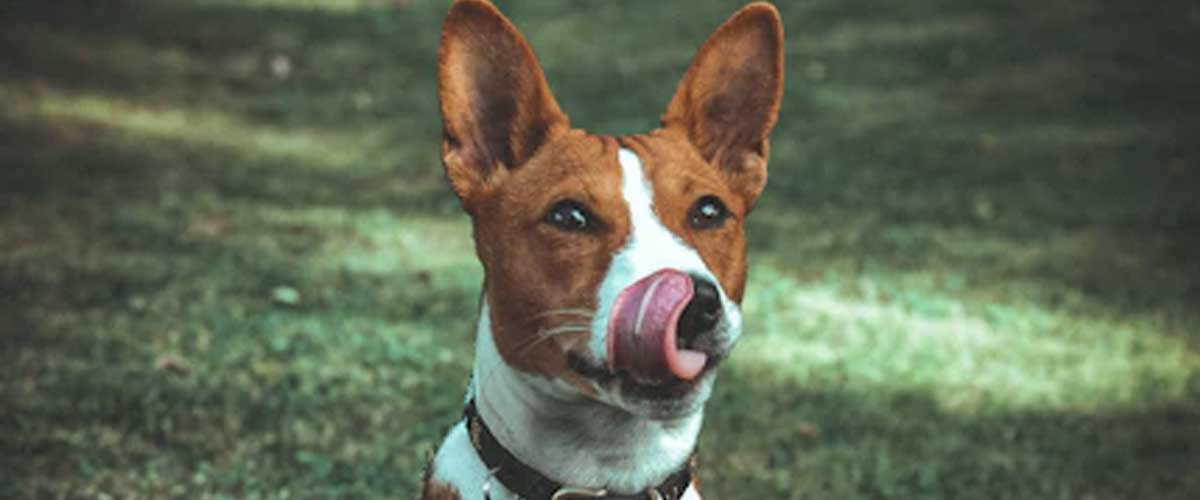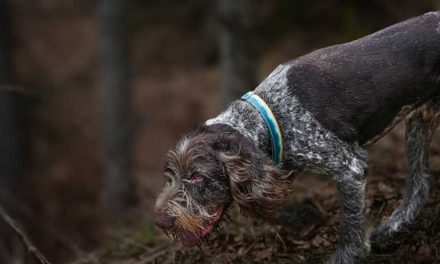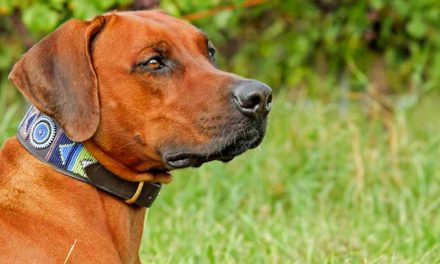The Basenji is a unique and fascinating dog breed that has captured the hearts of dog lovers around the world.
Known for their elegant appearance and almost cat-like behavior, Basenjis are often referred to as the “barkless dog” due to their distinctive vocalizations.
Origin and History
The Basenji’s roots trace back thousands of years to Central Africa, where they were used by the Congo tribes as hunting dogs.
These dogs were prized for their ability to hunt game in dense brush and their keen sense of scent.
The Basenji’s ancestry is thought to be ancient, with some evidence suggesting these dogs may have been among the breeds that helped shape the development of modern canine companions.
Physical Characteristics
Basenjis are small to medium-sized dogs with a well-proportioned, muscular build.
Typically, they weigh between 22 to 24 pounds and stand about 16 to 17 inches tall at the shoulder.
The breed is best known for its short, silky coat, which comes in various colors, including chestnut, black, and brindle, often with white markings.
Their distinctive curled tail and wrinkled forehead contribute to their overall charming appearance.
Temperament and Behavior
One of the most enchanting aspects of the Basenji is its personality.
They are known for being affectionate and playful yet possess an independent streak that can make training a challenge.
Basenjis are intelligent dogs, but their reserved nature sometimes leads to stubbornness.
Early socialization and consistent, positive reinforcement training methods are crucial for helping them develop into well-mannered companions.
Basenjis are often described as cat-like due to their grooming habits and general demeanor.
They tend to be very clean dogs and can even be somewhat aloof with strangers.
While they bond closely with their families, they require a gentle approach to training and socialization to thrive.
Unique Vocalizations
Perhaps the most intriguing aspect of the Basenji is its vocalization—or lack thereof.
Instead of barking, Basenjis produce a unique sound often referred to as a “barroo,” a yodel-like noise that resembles a mix between a bark and a howl.
This trait stems from the unusual shape of their larynx, making them one of the few breeds that do not bark in the traditional sense.
Activity Level
Basenjis are highly energetic and playful dogs that require regular exercise to stay healthy and happy.
Daily walks, playtime, and mental stimulation are essential to prevent boredom and destructive behavior.
They have a strong prey drive due to their hunting background, so keeping them on a leash or in a secure area is crucial when outside.
Health and Care
Basenjis generally have a lifespan of 12 to 16 years and are known for being a relatively healthy breed.
However, like all breeds, they are prone to certain genetic health issues, including hip dysplasia, eye disorders, and certain kidney conditions.
Regular veterinary check-ups, a balanced diet, and adequate exercise are vital for maintaining their overall health.
Conclusion
The Basenji is a distinct and charming breed that appeals to those looking for an intelligent, independent, and loving companion.
While they may not be the right fit for everyone due to their unique temperament and exercise needs, those who appreciate a dog with personality and character will find a loyal friend in the Basenji.
Whether participating in family activities or enjoying quiet time together, these dogs bring joy and uniqueness to any household.










